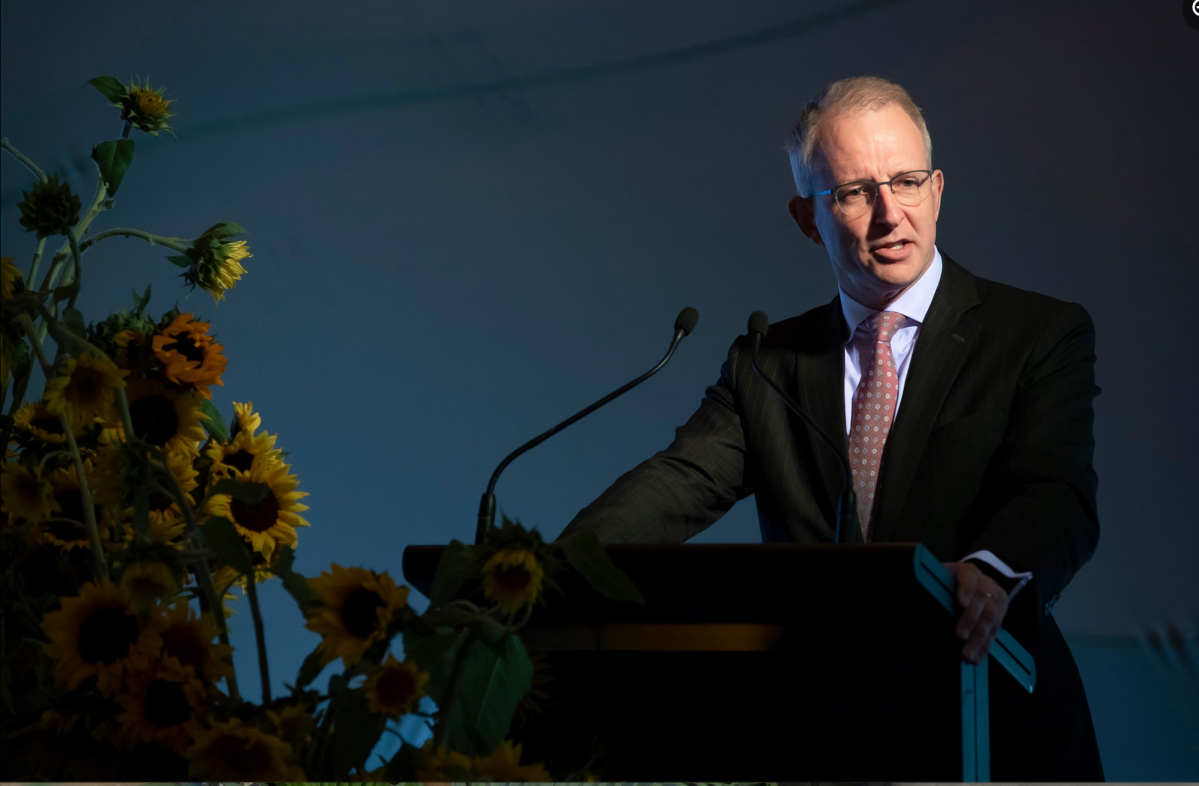A curiosity of the 2022 election campaign was that Labor held an ‘arts policy launch’, even though they had no new money to announce for the arts.
This was effectively an admission that Labor could not top the funding delivered by our Liberal National Government in 2021-22. At just over one billion dollars in on budget expenditure, it was an arts funding record for any government, Labor or Liberal.
But Labor’s Arts spokesman, and now Minister, Tony Burke, did have something to announce: Labor was going to have a new national cultural policy.
Now the cynical might suggest that this was fairly transparent: if you do not have new money to offer, find something else to talk about.
Mr Burke, though, insisted that this was in the finest tradition of Labor Governments, and would build on two previous cultural policies, Labor’s 1994 Creative Nation policy and Labor’s 2013 Creative Australia policy.
Nearly five months later, we are told that consultation on this excellent new policy is very well advanced. In fact, it has been such a priority for the new Minister that he has not even been bothered to get out and spend the $20 million of additional money we put into the March 2022 budget for a final round of the highly successful RISE program.
To date, RISE has distributed $200 million in funding to support 541 new events, productions, shows and festivals all around the country. $20 million for a final round is sitting there, but Mr Burke has refused to spend it.
Read: Where is the final $20 million RISE grant round?
So how much impact is a new cultural policy going to have? Will it drive as much change as an injection of $200 million of new money?
Cultural policies past and future
A look at the two previous cultural policy documents suggests it is more likely to simply go over some pretty well trodden ground, yet again. Both of the two previous cultural policy documents spend a lot of time talking about the Australia Council, and whether there should be greater or less use of the peer assessment system.
The 1994 policy thinks not, saying ‘a peer assessment system which is not efficient of time and resources for both Council staff and its clients should be changed.’
The 2013 policy thinks yes, calling for the Australia Council to engage more broadly ‘by increasing the number of artist peer assessors.’
The 2013 policy proposes a new idea to help attract more philanthropic funding from the private sector, with the establishment of Creative Partnerships Australia. And indeed, this body was established. It has operated pretty effectively over the past eight years, but Mr Burke came to government with a policy commitment to shut it down.
The 1994 policy spends quite a lot of time talking about how important it is that the two portfolios of communications and the arts should be held by the same Minister, so that the many areas of overlap, such as screen policy and copyright, could be managed more effectively.
That is indeed a very good idea, and for the last five years under the Turnbull and Morrison Governments this was exactly how things were organised, in turn allowing us to deliver significant reforms in screen policy.
We increased the producer offset for television production from twenty per cent to thirty percent; streamlined Australian content requirements on free to air television; and delivered record funding for the location incentive, $400 million out to 2026-27, to date attracting 32 global screen productions to Australia and generating private sector investment exceeding $2.8 billion.
But now Labor has come to government and reversed this arrangement. Today, the Arts portfolio is held by Tony Burke, the Communications portfolio is held by Michelle Rowland.
An interesting feature of both of the previous cultural policy documents is their recognition that much of what happens in our national cultural life is outside of the control of the Commonwealth Government.
As the 2013 document states: ‘Australia’s federal system of government means successful pursuit of Creative Australia will depend on partnerships – across agencies, with state, territory and local governments, and with commercial and non-profit enterprises, educational institutions, artists, philanthropists and the community.’
This of course is code for saying, a lot of the money comes from other levels of government and from the private sector.
The 1994 document says: ‘Few would maintain that governments can, or should, create cultures or national identities.’
Perhaps unwittingly, the 2013 document provides a particularly splendid example of the limits on government power. It describes in glowing terms, ‘a video game to educate the next generation of war journalists’ called Warco, which received funding from Screen Australia of $235,000.
But the story did not end well, subsequent to the policy document being issued; the game was never commercially released.
Creative Australia is 150 pages, Creative Nation is 100. We can be confident the third iteration will involve a similarly bulky document. But as to how much impact it will have, that very much remains to be seen.





